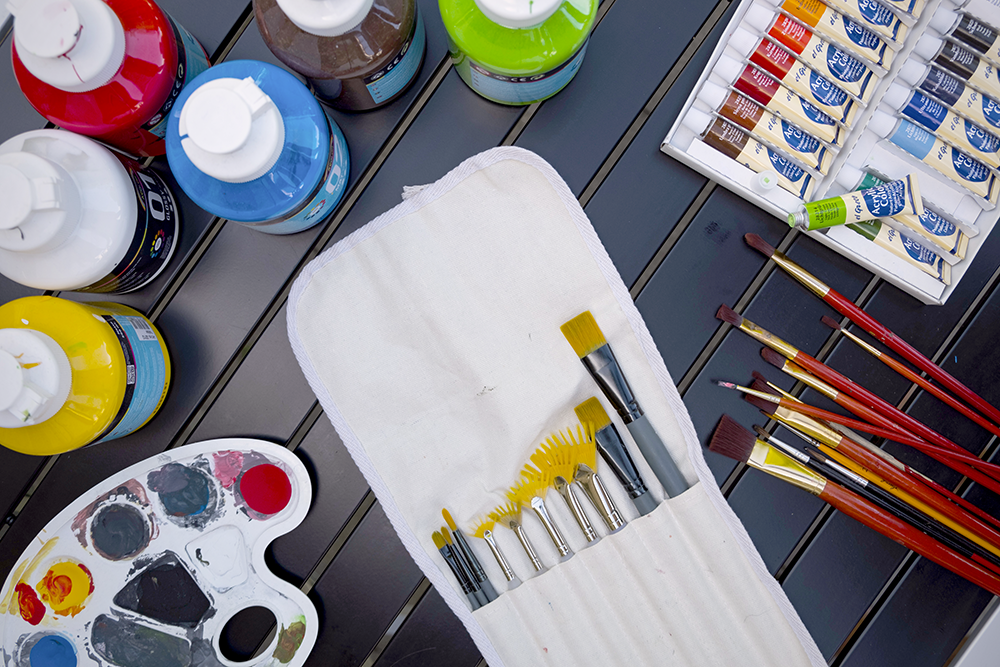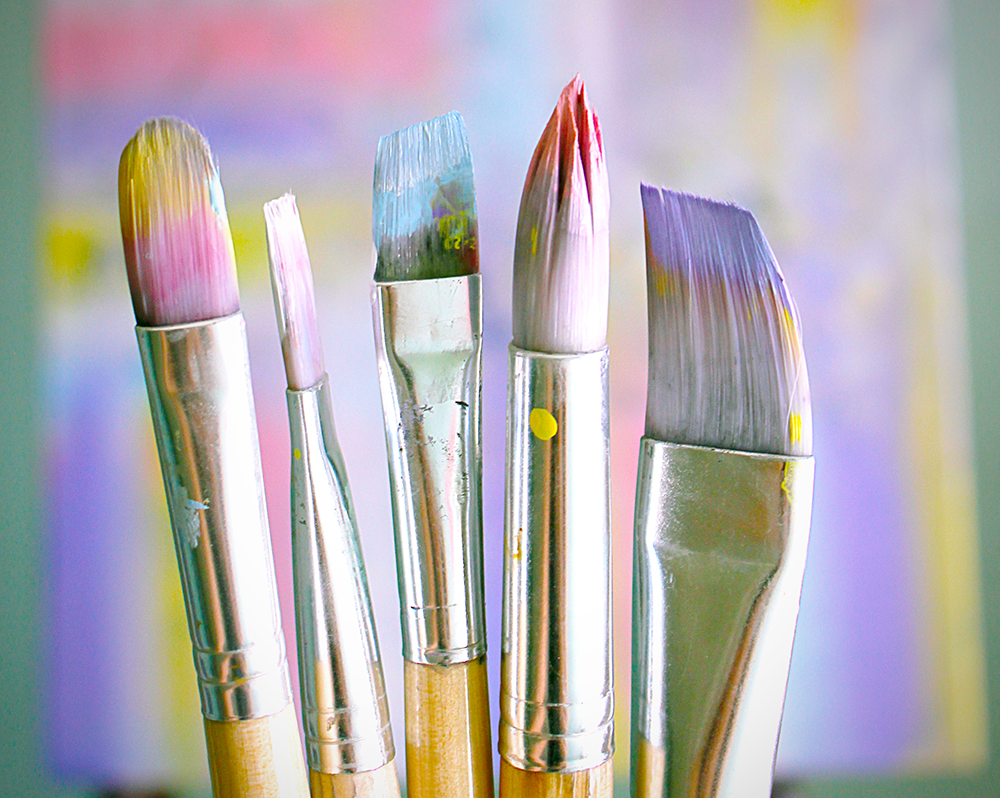If you're an artist, chances are you have a paintbrush or two (or twenty) laying around, but do you know the different types of paint brushes available?
It’s important to know that not all paint brushes are created equal and each type has a specific purpose.
When choosing a paint brush, it is important to consider the type of paint you will be using.
For example, oil-based paints require a different type of brush than water-based paints.
In this article we’ll go over the different types of paint brushes and their uses, so that you can make an informed decision the next time you’re shopping for art supplies.
With a little bit of knowledge, you can find the perfect brush to help you create a painted masterpiece.
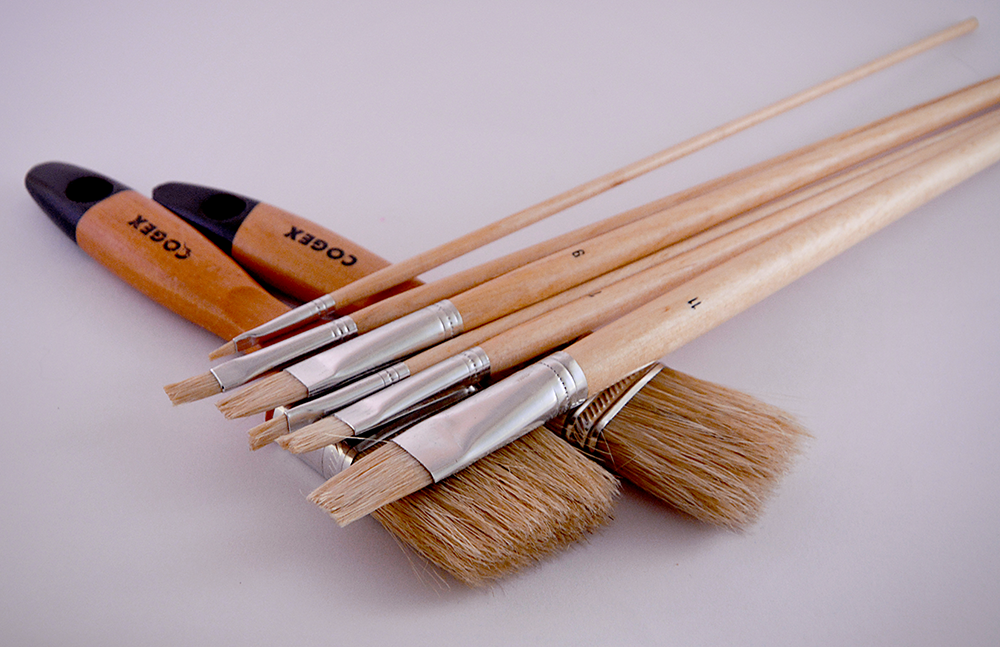
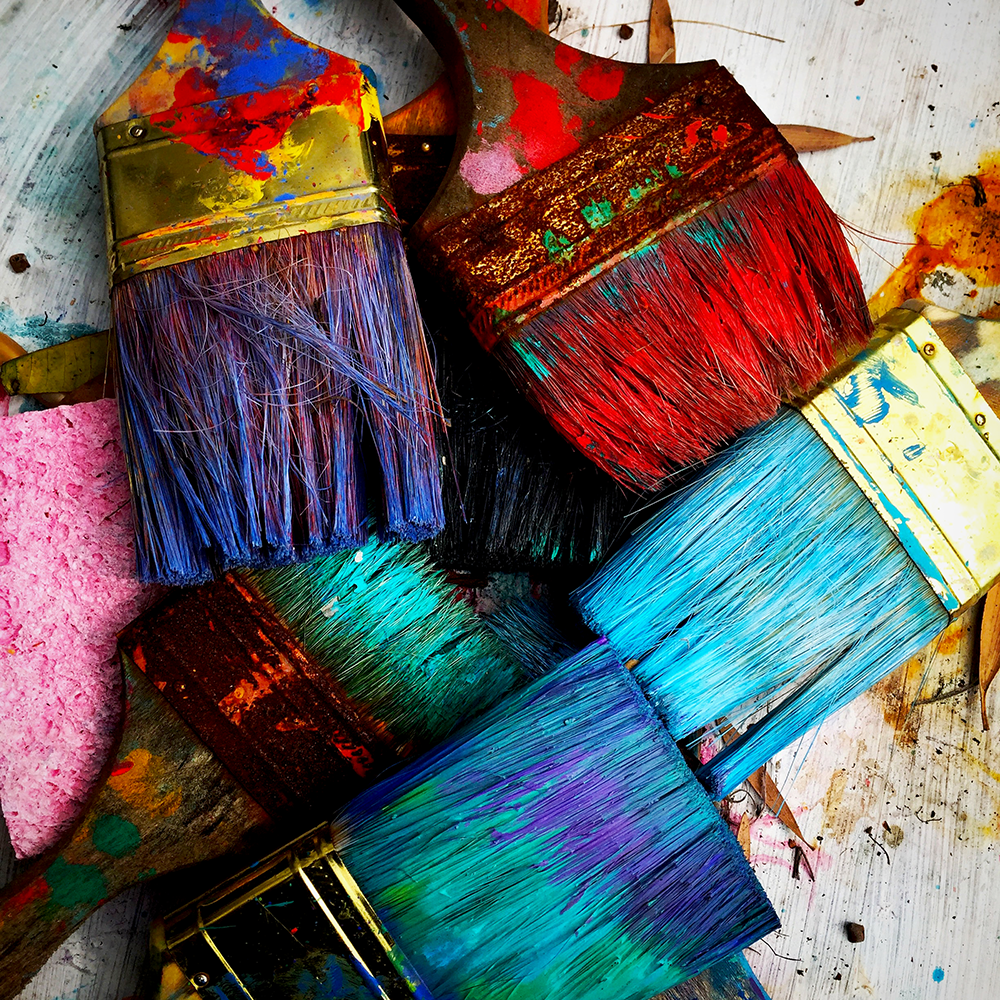
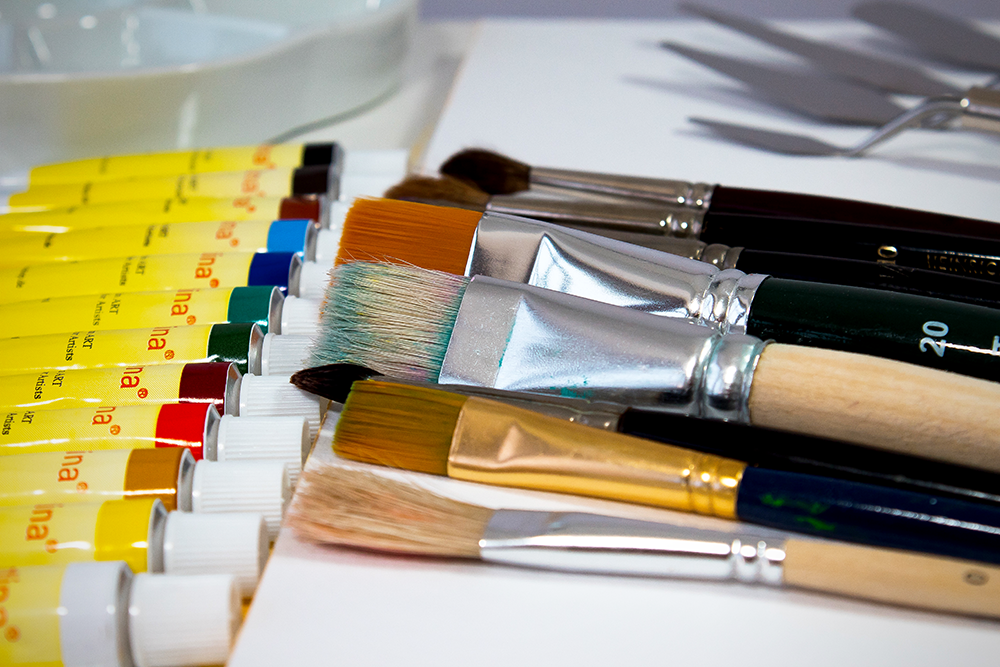
Paint Brush Sizes
Paint brushes come in a wide variety of sizes, each one designed for a specific purpose.
The most common painting brush size is the standard two-inch brush, which is ideal for general painting jobs.
For more detailed work, a smaller brush is often better, as it provides greater control.
Conversely, a larger brush can be used for covering large areas quickly.
The largest paint brush is typically six inches, while the smallest is usually only a quarter-inch.
Ultimately, the best way to find the right brush is to experiment and see what works best for you.
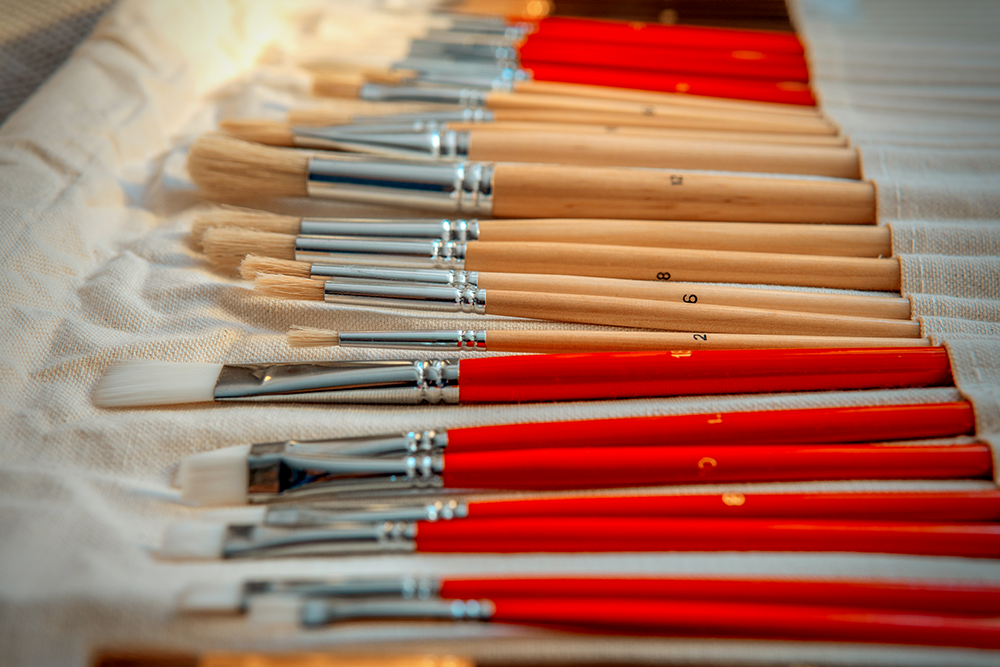
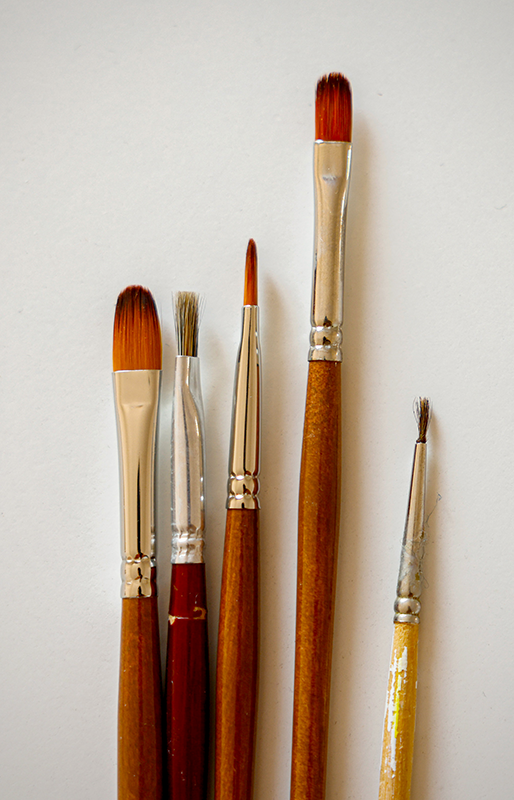

Natural vs Synthetic Paint Brushes
Paint brushes can be made with a variety of bristles, which impacts the quality and use when painting.
The type of bristle used in a brush can have a significant impact on both the quality and use of the brush.
In general, paint brushes can be divided into two main categories: synthetic and natural.
When selecting a paint brush, it's important to consider the type of painting you'll be doing.
For instance, if you're planning on doing a lot of detailed work, you'll probably want to opt for a brush with natural bristles.
On the other hand, if you're just looking for a basic brush for general painting, synthetic bristles will likely suffice.
Ultimately, the best way to find the right brush is to experiment with different types and see what works best for you.
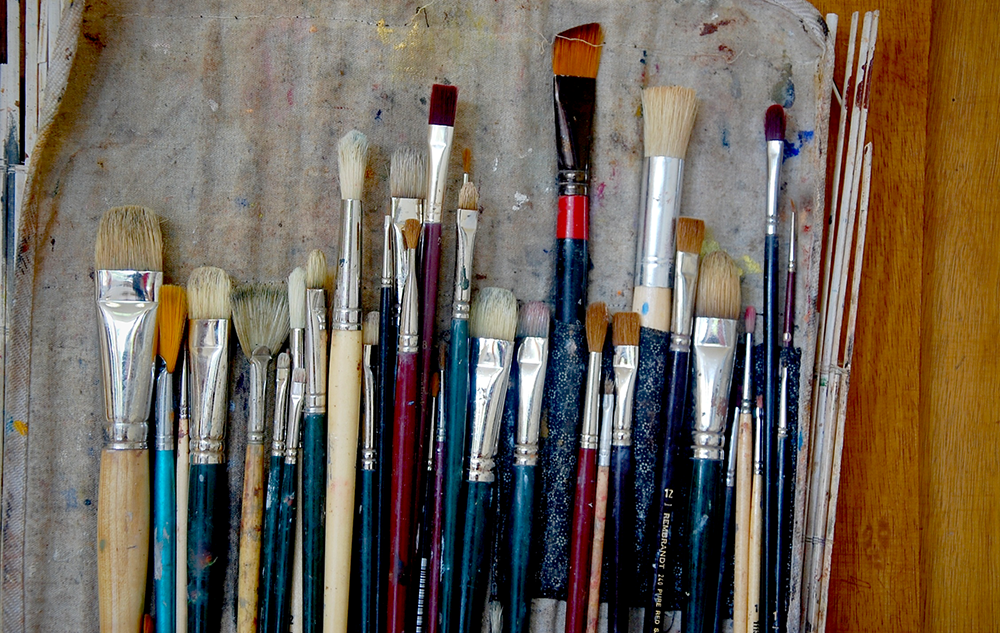
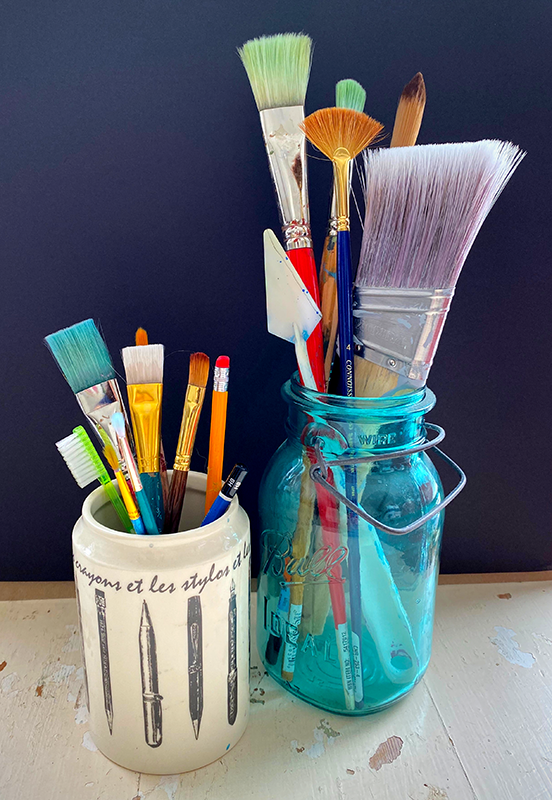
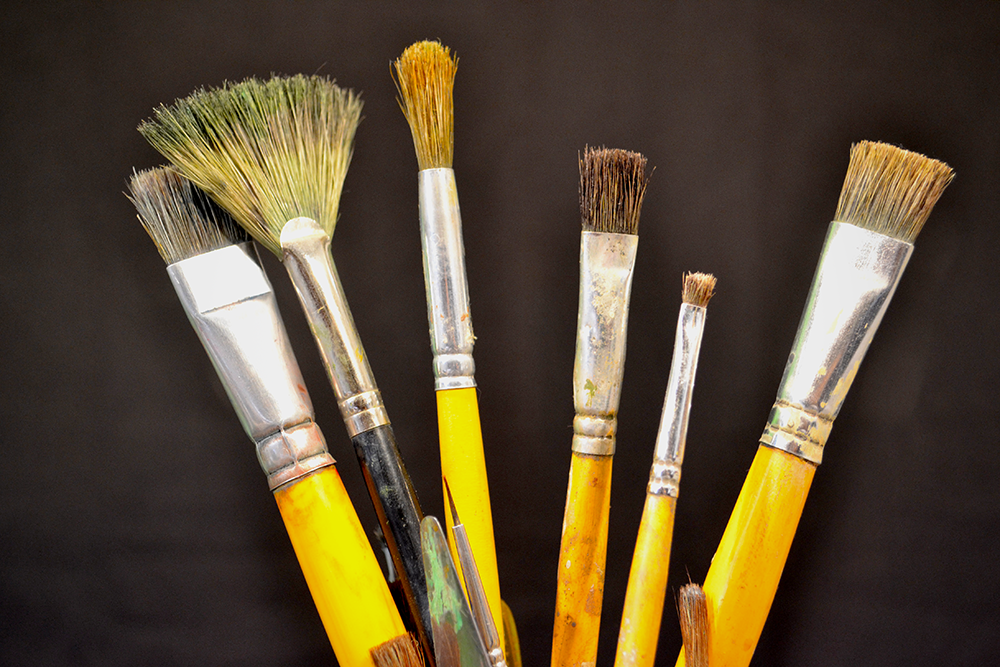
Natural Bristles
Natural bristle brushes are made from animal hair, such as hog hair.
These brushes are best suited for oil-based paints, as they can withstand the thicker consistency of these paints without losing their shape.
Also, natural paint brushes often provide a smoother application than synthetic brushes.
As a result, they are often the preferred choice for professional painters.
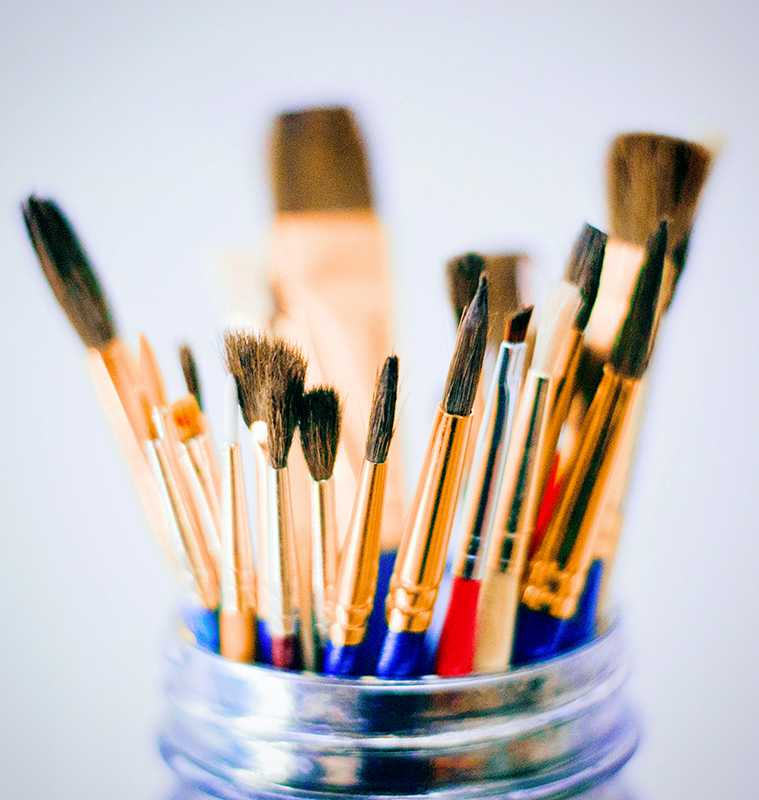

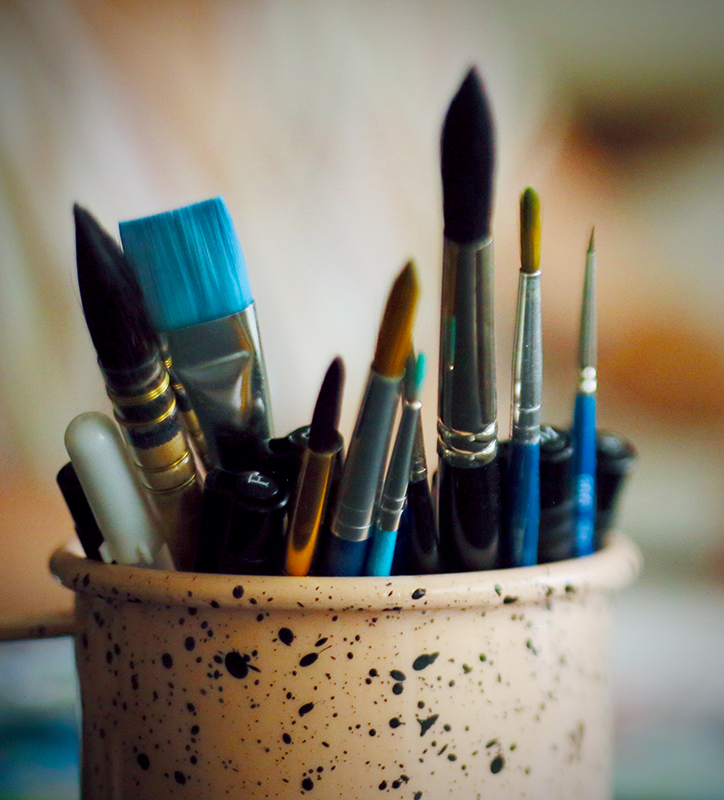
Synthetic Bristles
Synthetic bristles are made from man-made materials like nylon or polyester.
These bristles are less expensive than natural bristles and they don't absorb as much paint, making them ideal for water-based paints.
They're also less likely to shed than natural bristles.
However, synthetic bristles can't withstand the heavy-duty work that hog hair can, so they're not ideal for oil painting.
Plus, they're generally not as durable as natural bristle paint brushes and tend to lose their shape over time.

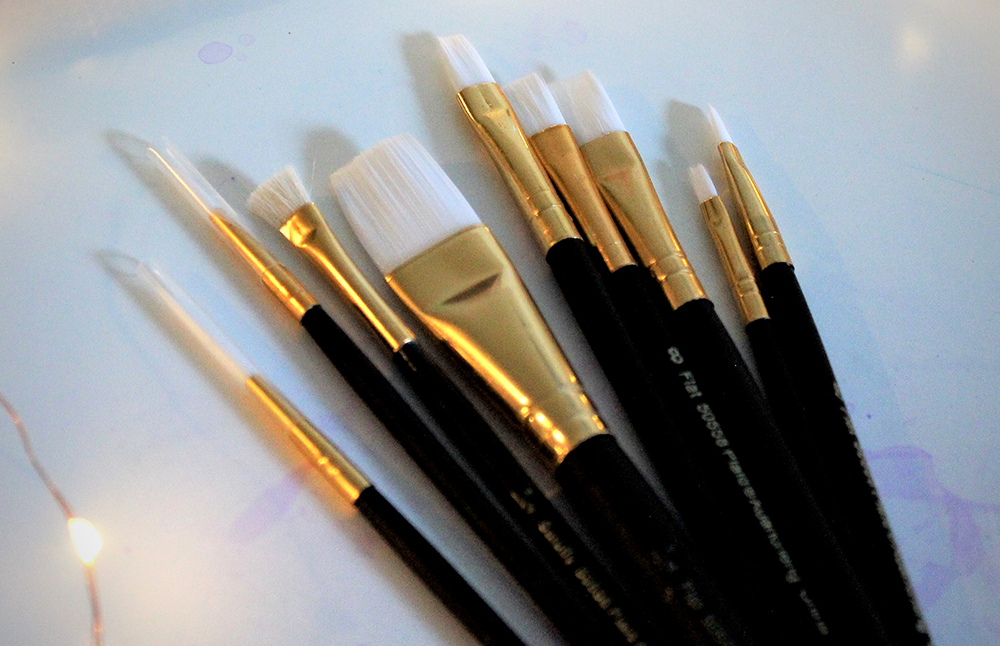
Hog Bristles
For oil-based paints, you'll want to choose a brush with stiffer bristles, such as hog hair.
This is because hog hair stiff bristles won't absorb as much paint and won't lose its shape as easily when used with thicker paints.
As a result, your brush will provide a more even coverage and produce smoother strokes.
So, if you're planning on tackling an oil painting, be sure to reach for a hog hair brush!

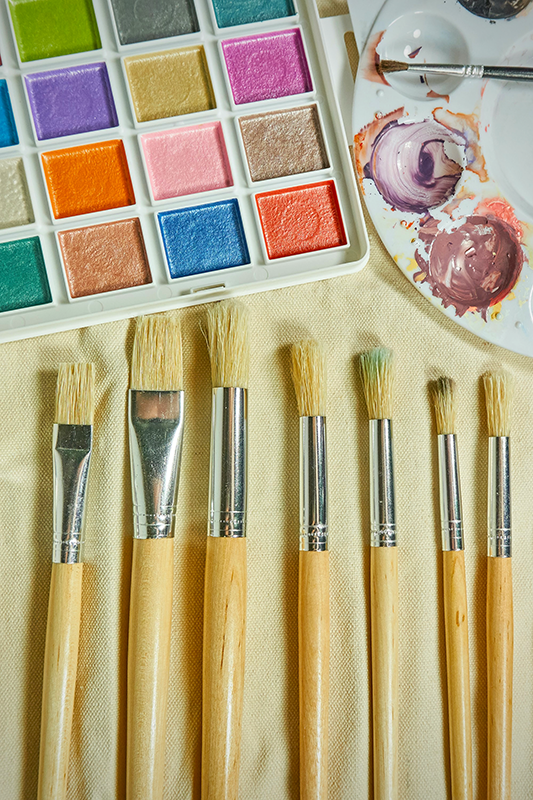
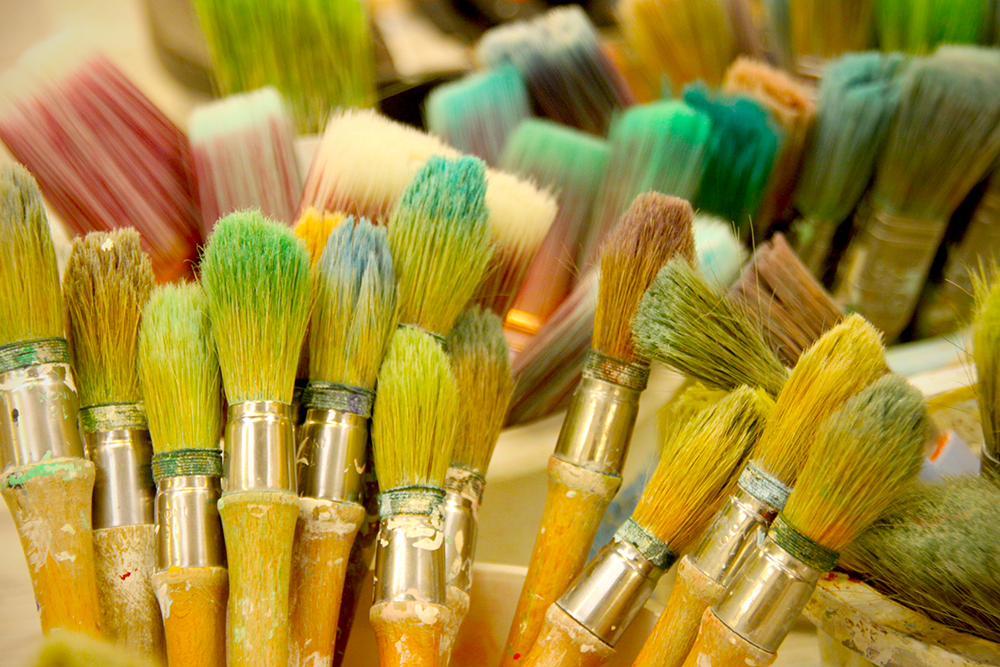
Sable Bristles
Sable brushes are made from the softest animal hair, making them perfect for watercolor paints and other delicate work.
Sable hair is much softer than hog hair, and thus able to hold onto water more easily without leaving behind streaks.
This makes them ideal for use with thinner paints, as well as for general blending and glazing techniques.
In addition, these soft bristles tend to retain their shape better than hog hair brushes, making them a good choice for artists who want precision in their work.
Whether you're a beginner or a seasoned pro, investing in a good set of sable brushes is sure to improve your painting experience.

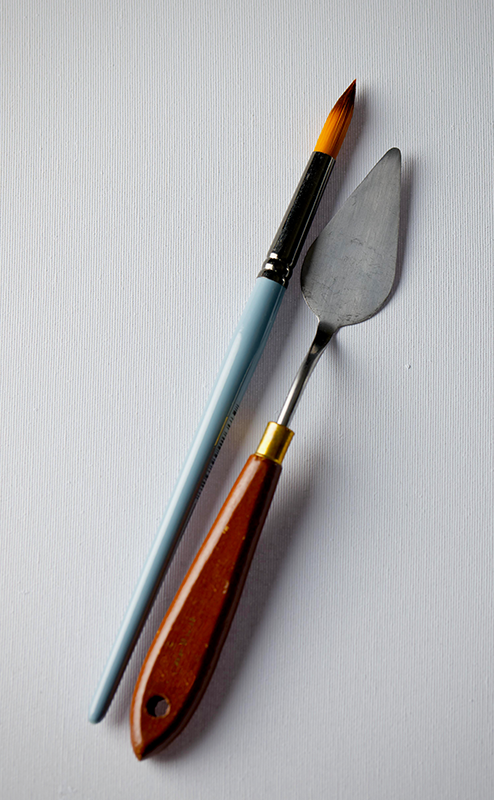

Horsehair Bristles
Horsehair is a type of hair that is harvested from the tail and mane of a horse.
It is then used to make brushes for a variety of different mediums, including watercolors, oil, and acrylic paint.
Horsehair is in between hog and sable in terms of stiffness, making it a versatile option for artists.
However, horsehair can be more expensive than both hog and sable hairs because it's harder to come by.

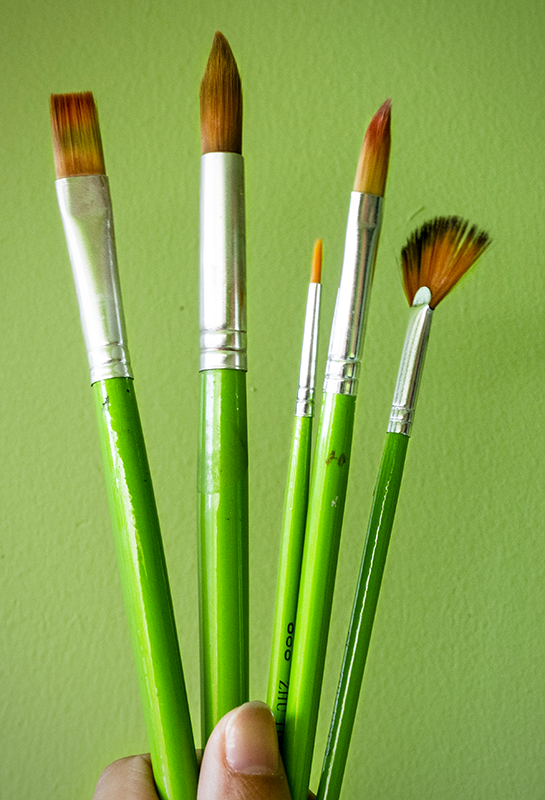

Brush Types
There are a variety of paint brush types you can choose from, ranging in quality from professional brushes to simple foam brushes and stencil brushes.
Each type has its own benefits and ideal uses.
Some work best as acrylic paint brushes, acting as a great wash brush.
Others can be used for oil paints and have a soft feel.
Ultimately, the type of brush you choose will depend on the type of painting you're doing and your own personal preferences.
Experimenting with different types of brushes is a great way to find the perfect one for your needs.
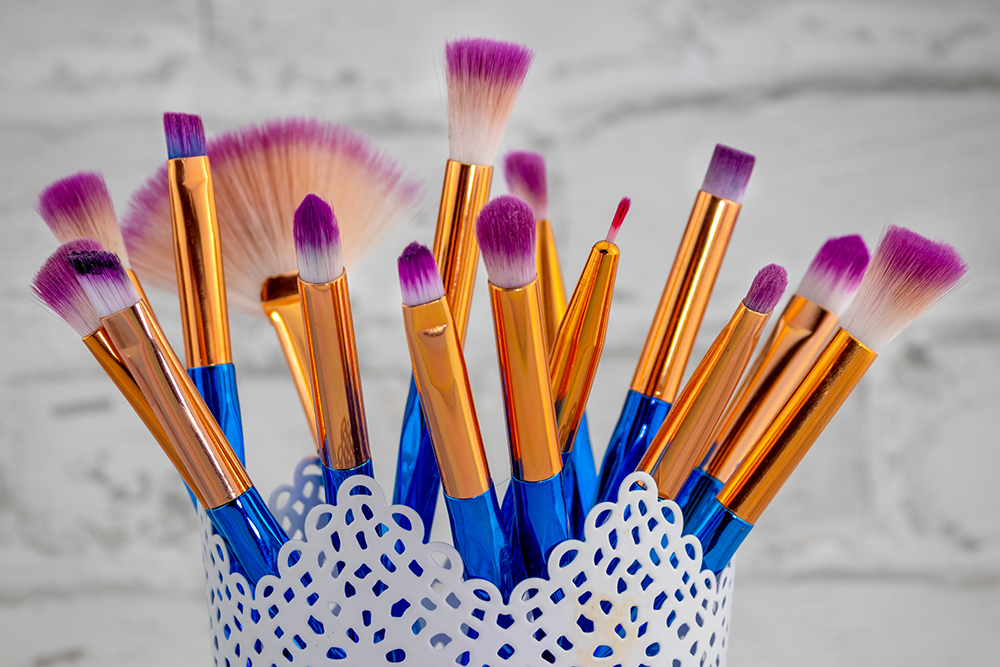

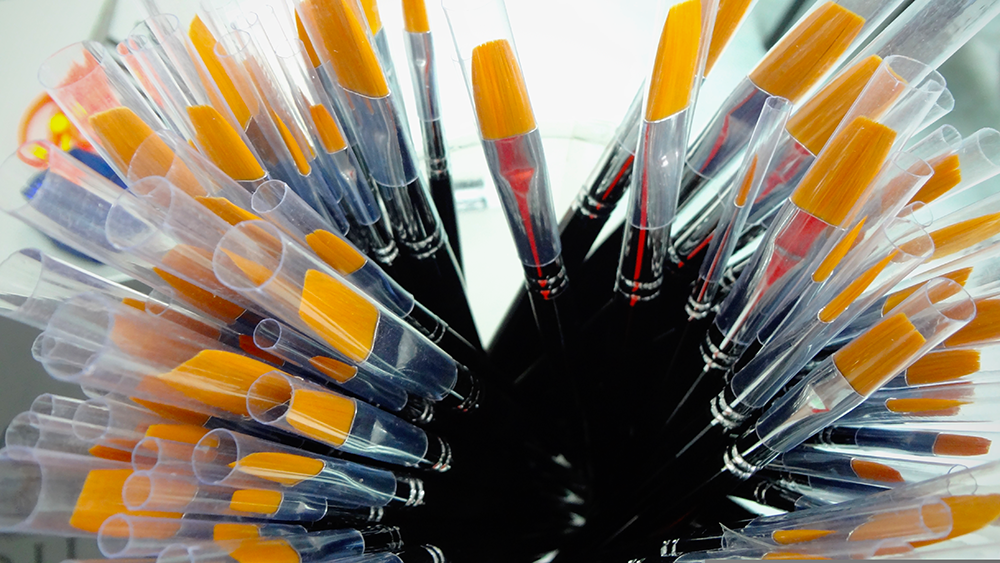
Round Brush
The round brush is one of the most popular paint brushes used by artists.
Round brushes have a variety of different uses, but they’re mostly associated with painting details and creating thin lines.
The round brush is ideal for painting outlines, flourished, lettering, and other small details.
Depending on the size of the brush head, they can also be used for painting larger areas.

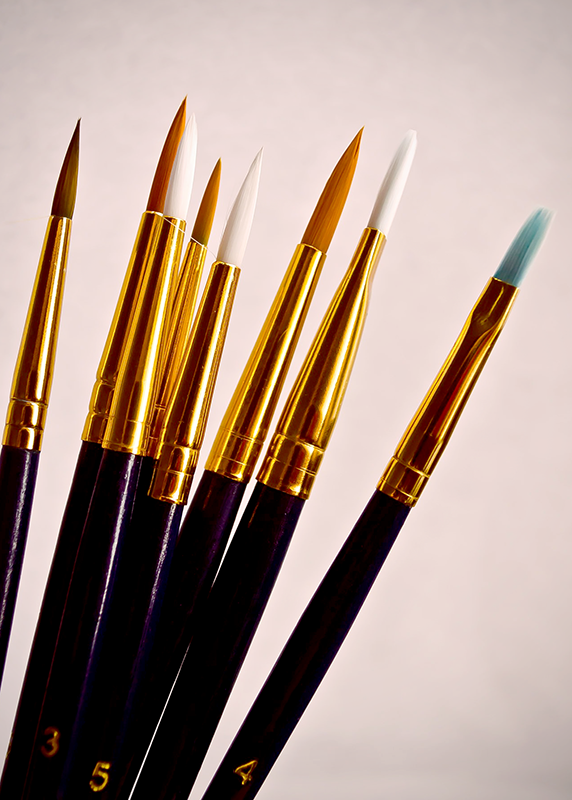
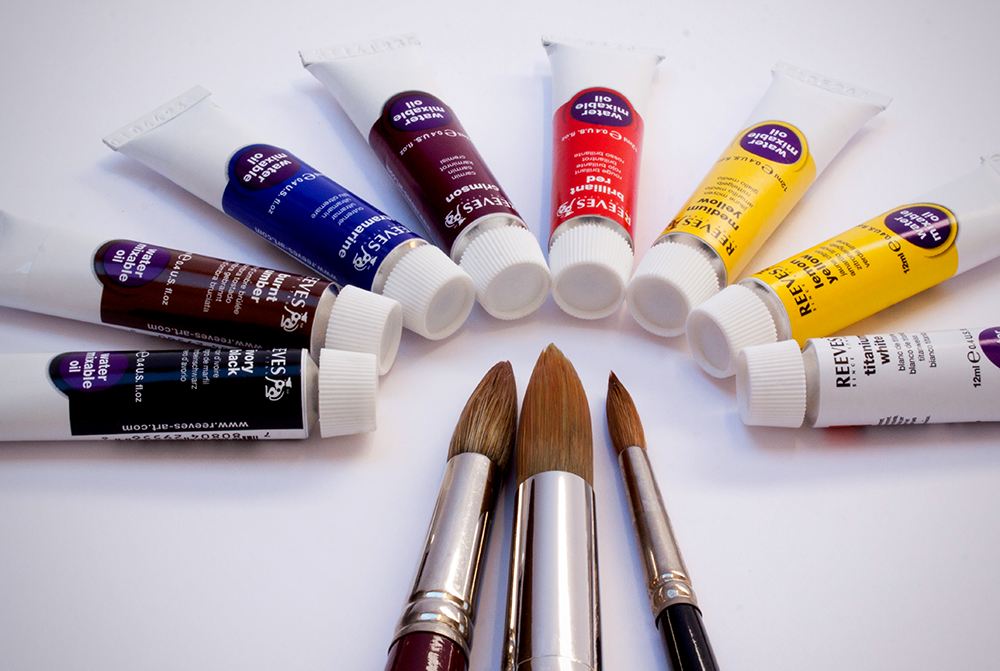
Flat Brush
Another popular paint brush is the flat brush, which has a flat head.
Flat brushes are most commonly used for painting large areas of color because they can cover a lot of surface area quickly.
They’re also useful for creating sharp lines because the flat edge of the brush head allows you to get a clean edge.
The downside of flat brushes is that they don’t hold a lot of paint so you may find yourself having to dip them into the paint more frequently than other types of brushes.
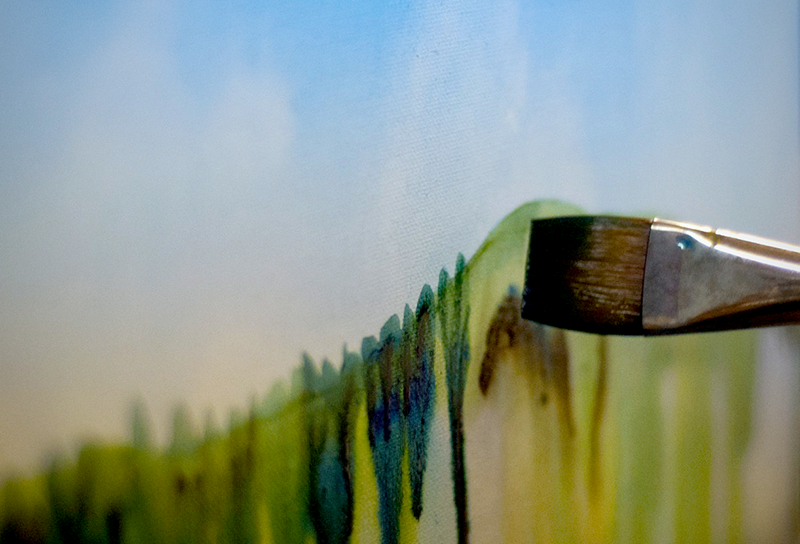

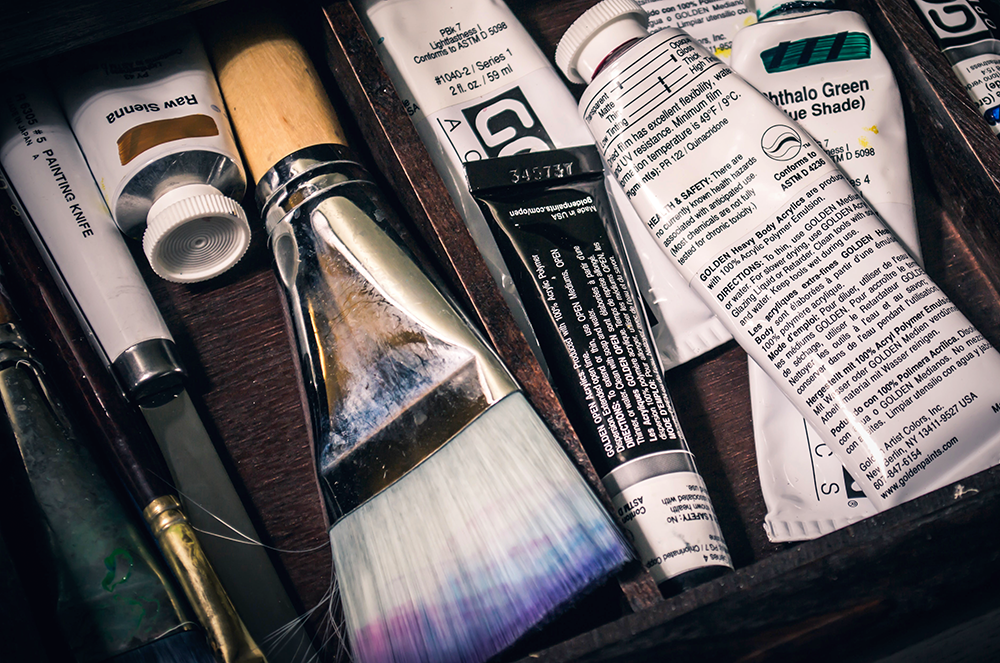
Filbert Brush
The filbert brush is similar to the flat brush in that it has a flat head, but it also has a rounded edge.
This makes it ideal for painting both large areas and delicate details.
The filbert brush is perfect for blending colors together because the rounded edge allows for a smooth transition between colors.
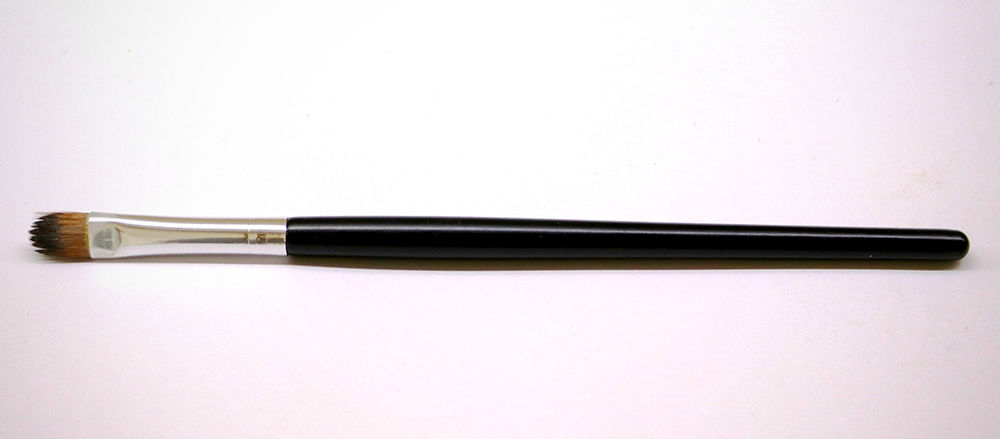

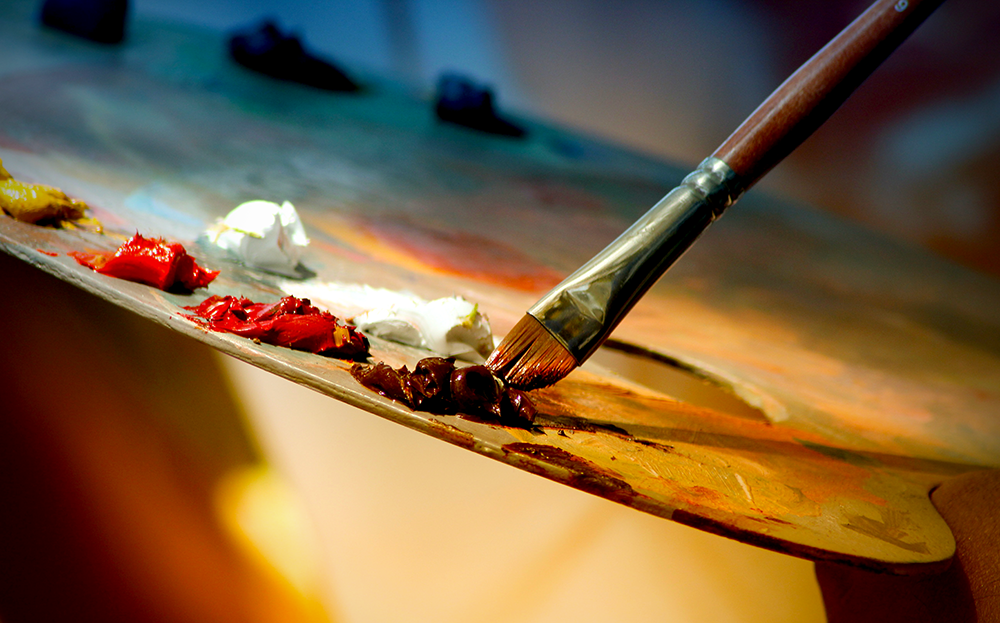
Angular Brush
The angular brush has an angled or slanted tip that makes it great for painting sharp lines and details.
This type of brush is perfect for painting things like leaves, branches, and other straight lines.
Because of its pointed tip, the angled brush isn’t good for painting large areas but it excels at adding finishing touches to your paintings such as highlights and shadows.
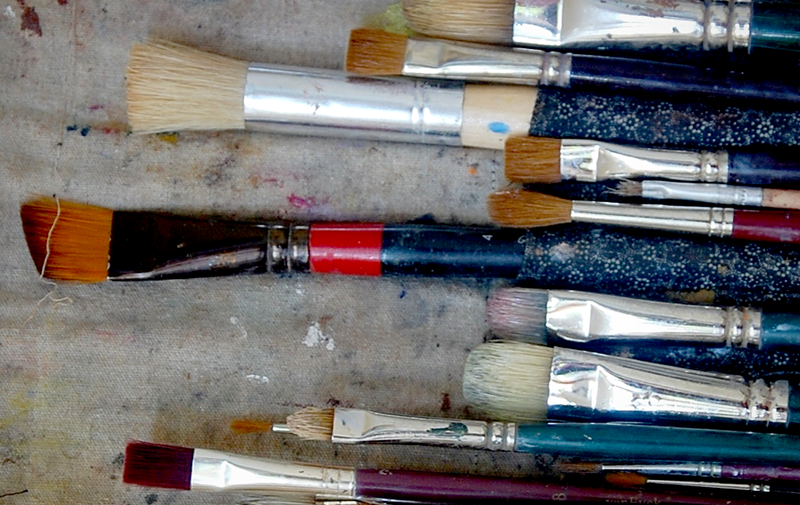


Water Brush
The water brush is an excellent paint brush for watercolor paintings.
You can fill a water brush with water, ink, or fluid paint, like liquid watercolors, and use it to paint without having to stop and dip your brush into a cup of water.
Water brushes are also great for painting on the go because they’re compact and easy to travel with.
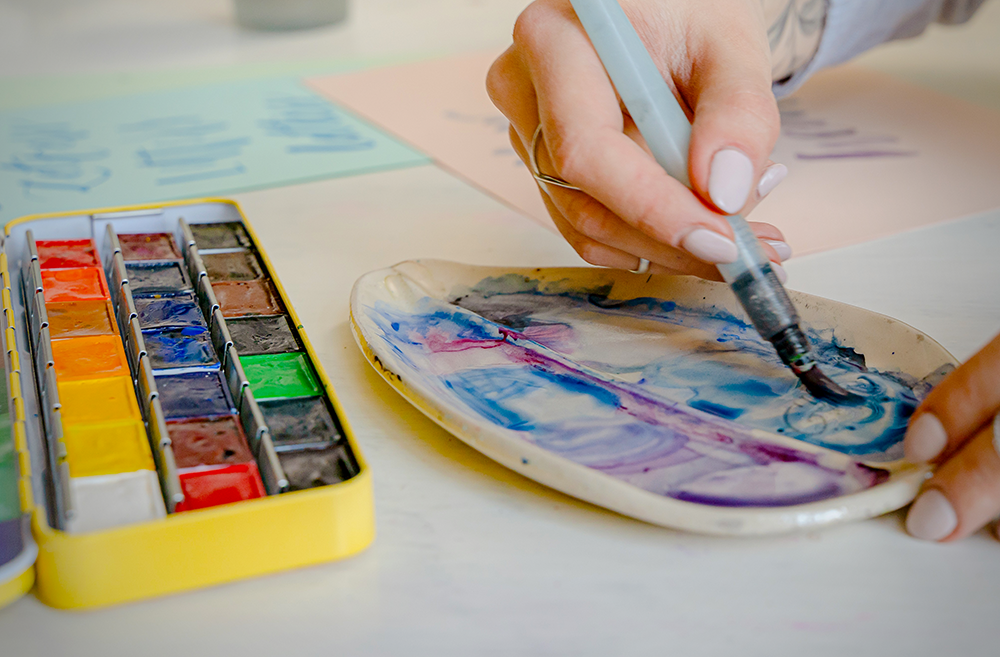

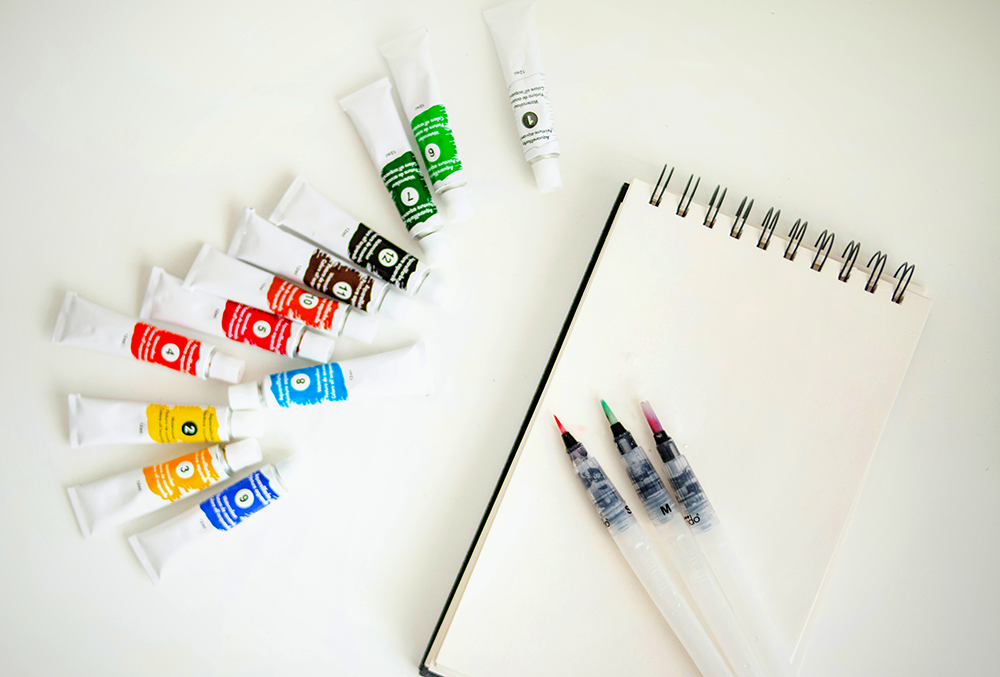
Liner Brush
The liner brush is similar to the angular brush in that it has a pointed tip, but it’s much thinner.
This makes it ideal for painting very thin lines, like for calligraphy.
The liner brush is also great for adding small brush marks and details to your paintings.
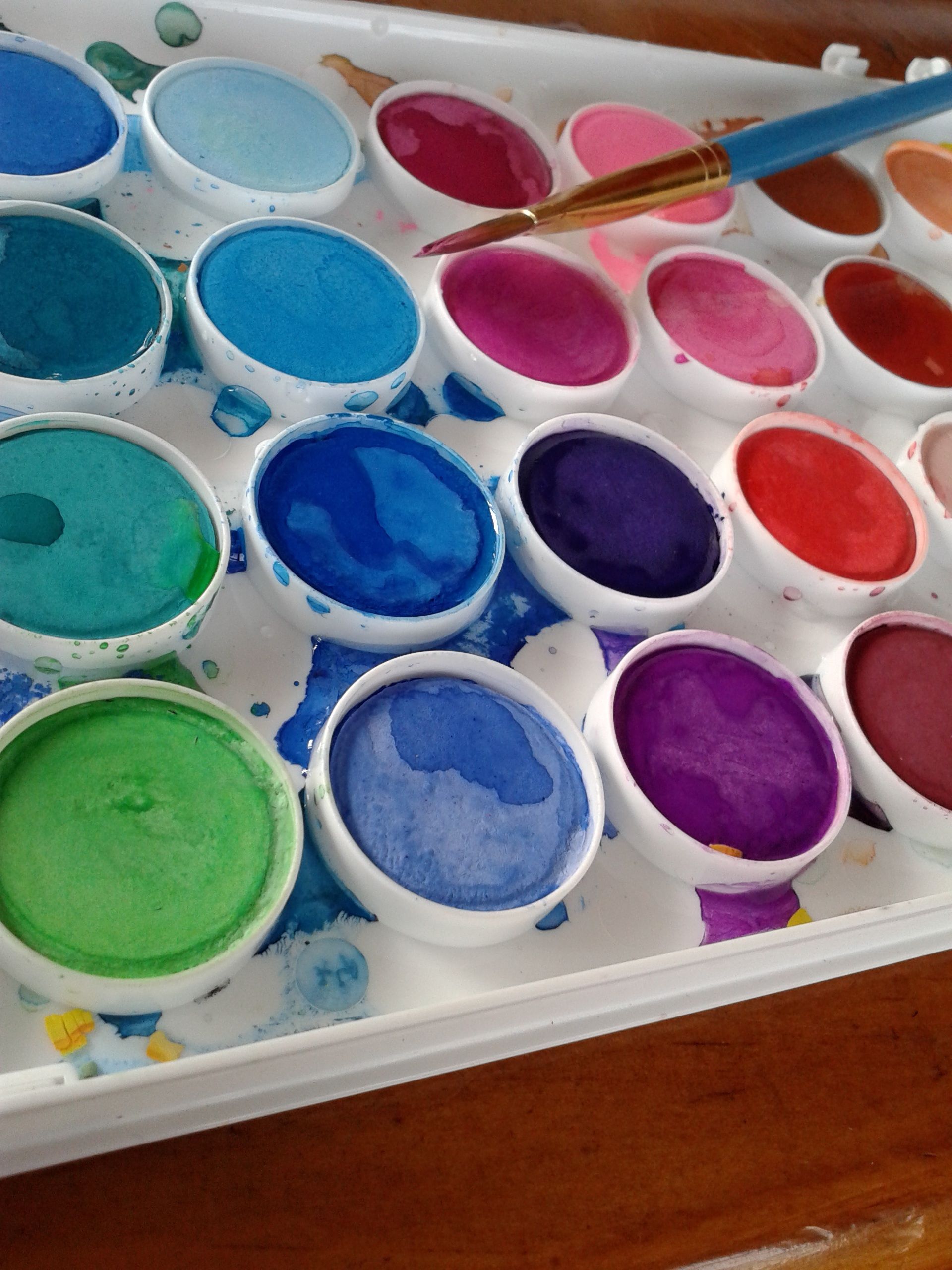

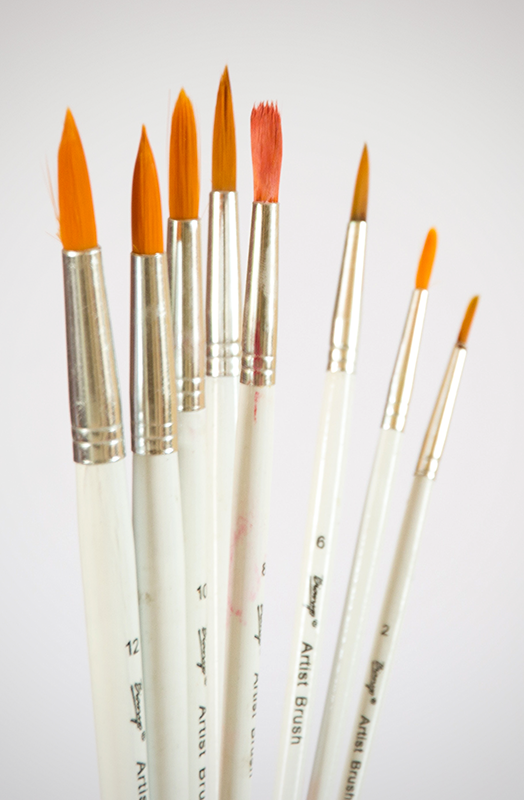
Fan Brush
The fan brush is shaped like a fan.
Fan brushes are mostly used for adding texture to a painting or for creating special effects.
You can also use a fan brush to blend colors together or to create a soft transition between colors.


Painting with Paint Brushes
We hope this quick overview of different types of paintbrushes was helpful!
Now that we’ve gone over the different types of paint brushes and their uses, you should have a better idea of which ones you need for your next painting project.
The next time you're at the art store picking up supplies for your next project, you can be certain you're getting the right type of brush for the job, whether you need an acrylic wash brush, soft sable brush, synthetic brush, or anything in between!
Armed with this knowledge, go forth and create some beautiful art!
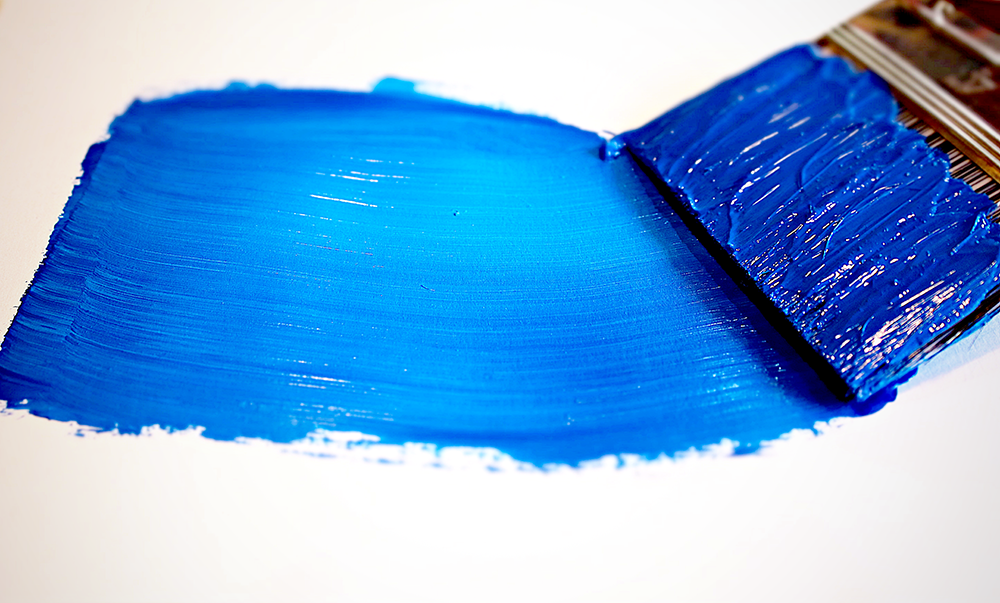
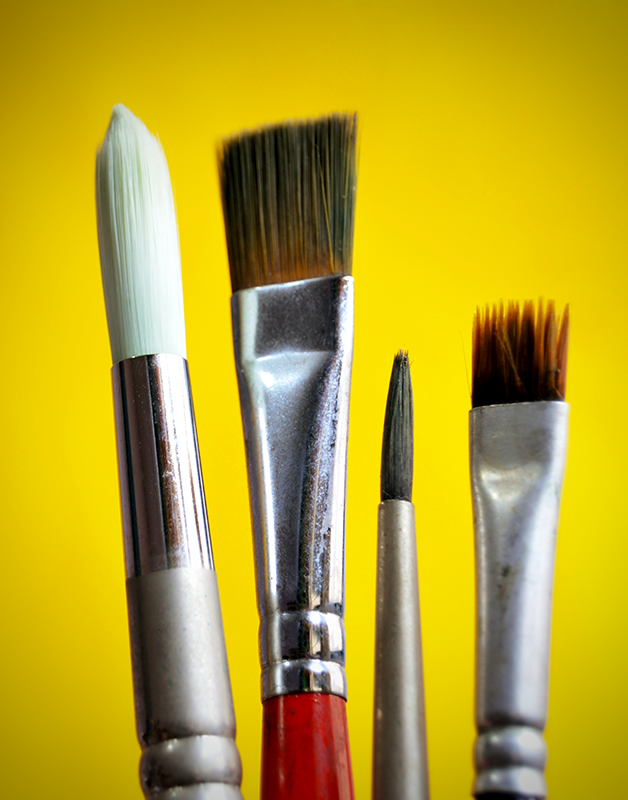

Want to learn more? Check out Paintastic Arts' video!
Need some new paint brushes and paint?
Check out some of our other paint articles:
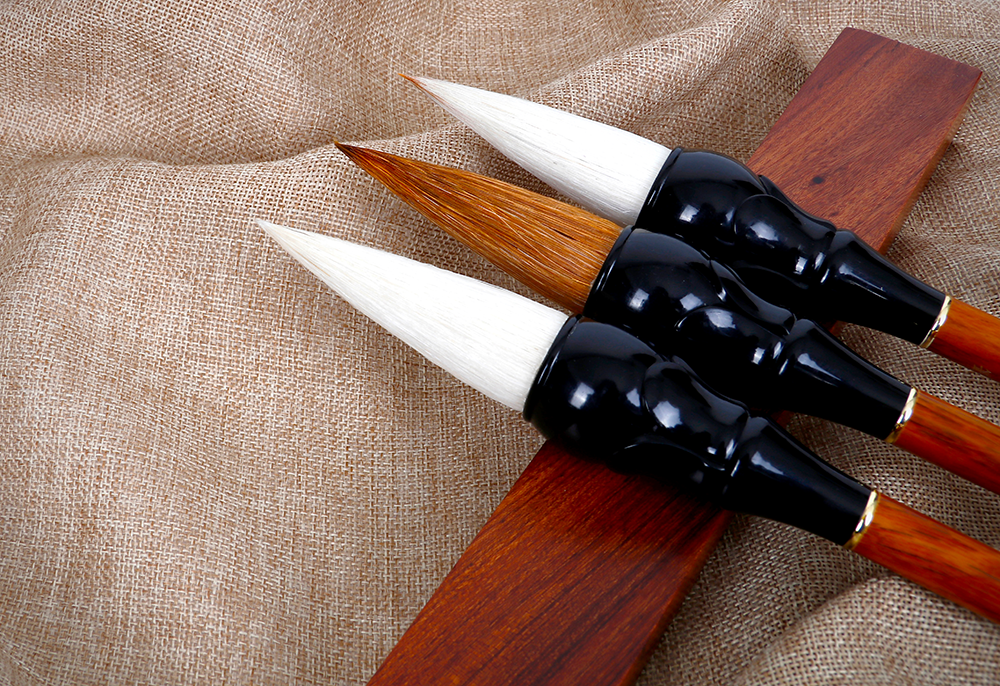
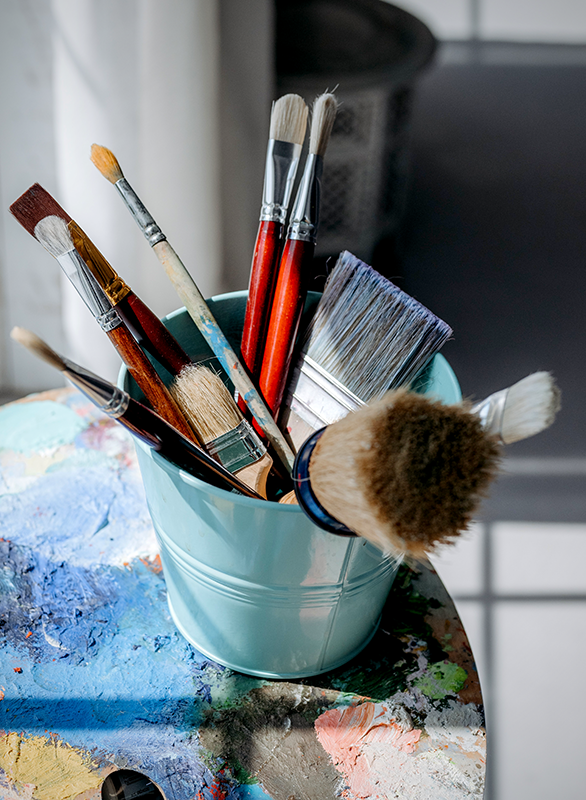
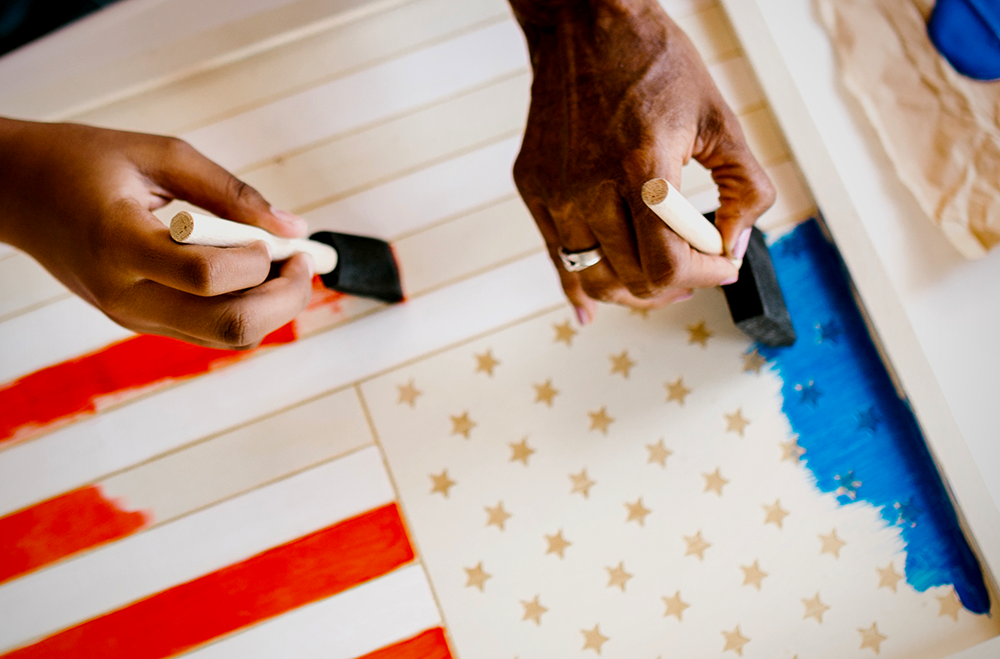
Want to learn even more about different types of art supplies?
Check out these articles:
-Art supplies for coloring books
